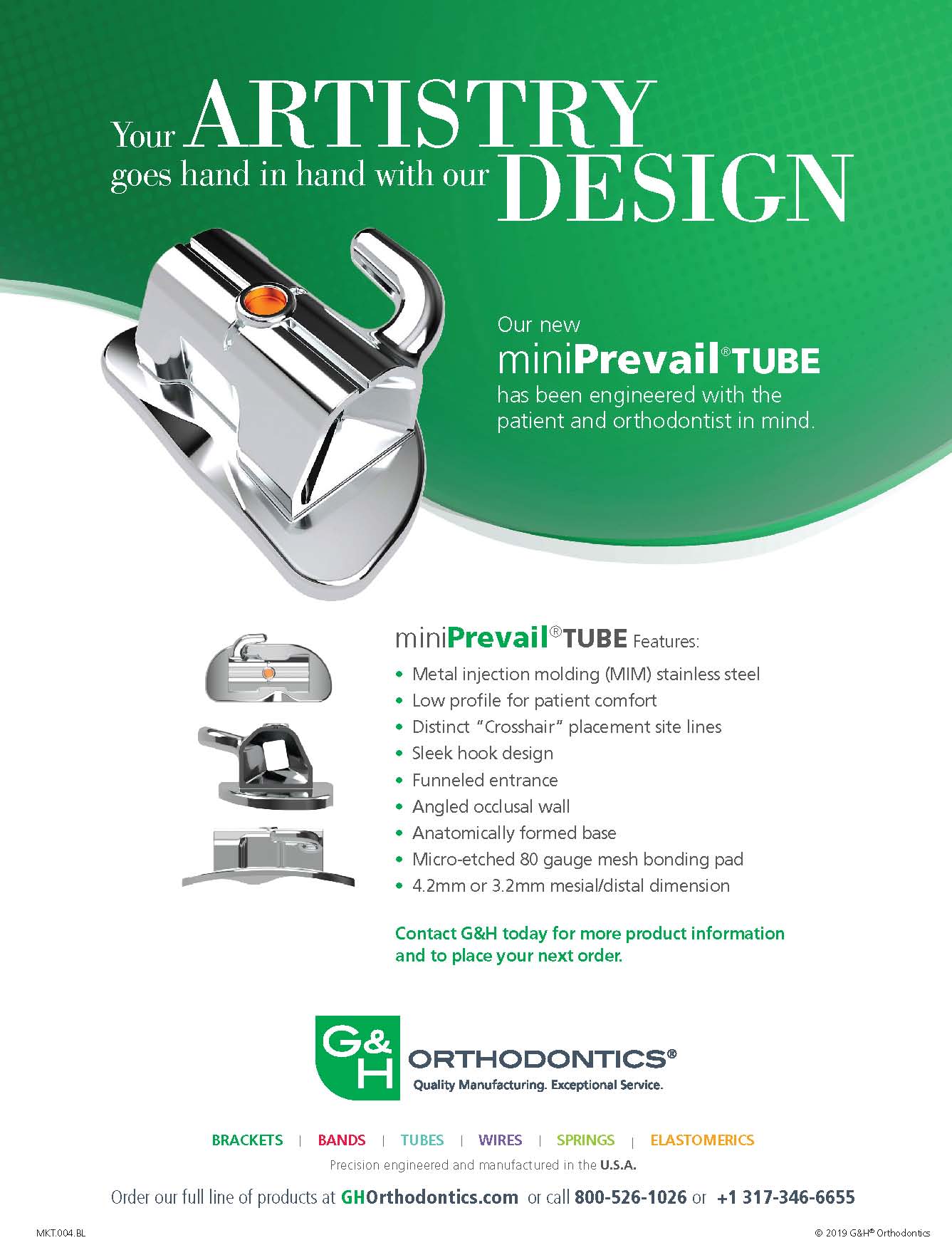The distalization of molars has been a tantalizing subject for orthodontists for as long as fixed appliances have been employed. The primary appeal seems to spring from the assumption—valid or not—that by pushing molars back, we can eliminate the need for extractions. Molar distalization offers tantalizing possibilities for both attaining Class I molar relationships and decrowding anterior teeth without removing otherwise healthy teeth.
Theoretically, if the patient’s molars are in a Class III relationship, the situation can be addressed by distalizing the lower molars, mesializing the upper molars, or combining both approaches. The decision is ideally made only after full orthodontic records have been obtained and analyzed. Treatment is then planned to address each item on the patient’s orthodontic problem list in a logical sequence. The final profile and occlusion are the overriding considerations. Sometimes the goals can be accomplished without extractions, sometimes not.
For example, if the Class III discrepancy is found to be 1mm on each side, it would not appear to be that difficult to distalize each lower molar by a millimeter, using whatever approach works best for the practitioner. Similarly, if the space analysis for the lower arch indicates a total space deficit of 3mm, it is tempting to consider decrowding the lower dentition simply by distalizing each lower molar by 1.5mm. In either situation, we avoid extractions. The appeal is obvious. The soundness of that appeal is highly questionable.
Similar articles from the archive:
I have heard a variety of arguments against molar distalization over the years. Because of the mesial component of occlusal force, the analogy has been made that distalizing a molar is the orthodontic equivalent of pushing a barrel up a hill; you can indeed push a barrel up a hill, but as soon as you let go, it wants to roll back down again. Distalization is held to be an unstable movement, and my own clinical experience tends to validate that contention. You can distalize the molars to achieve whatever your treatment goals might be, but as soon as you let go, they just mesialize once more.
With this problem in mind, a variety of methods have been developed to retain molar distalization. Given today’s widespread use of temporary anchorage devices, the appeal of molar distalization is greater than ever. We can pretty much move teeth wherever we want using skeletal anchorage, according to one school of thought. But if that is indeed true, it raises the question: What are the limits of molar distalization? In the upper arch, the answer is obvious: just forward of the distal wall of the maxillary tuberosity. There’s nowhere else to go. In the lower arch, studies have indicated that the anterior border of the mandibular ramus is the boundary of lower molar distalization. It seems logical, but the rationale is based on two-dimensional images such as cephalometric and panoramic radiographs.
In this issue of JCO, Drs. Ho-Jin Kim, Woon-Seok Jang, and Hyo-Sang Park of the Department of Orthodontics, Kyungpook National University, in Daegu, Korea, report a case in which they graphically demonstrate the limit of lower molar distalization by means of three-dimensional computed tomography. The images accompanying this article are intriguing. What the authors found to be the anatomical limit was not the anterior border of the ramus, but rather the lingual cortical bone of the mandible. When that limit was reached, the distal movement did not stop; instead, the roots of the second molars perforated the lingual cortical plate. This would have been difficult to appreciate using conventional radiography.
Drs. Kim, Jang, and Park have contributed significantly to our understanding of the limits of molar distalization. Please read this article and let me know what you think, or add your comments in our online edition.
RGK


